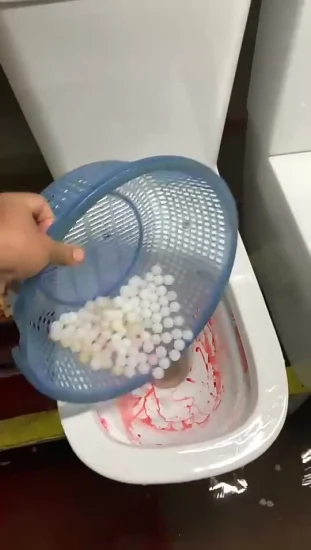Is it Allowed to Flush Food in the Toilet?
Is it Allowed to Flush Food in the Toilet?
Blog Article
Are you interested in facts and techniques around Think Twice Before Flushing Food Down Your Toilet?

Intro
Many individuals are frequently faced with the dilemma of what to do with food waste, specifically when it concerns leftovers or scraps. One common inquiry that arises is whether it's okay to purge food down the commode. In this short article, we'll explore the reasons people could consider flushing food, the repercussions of doing so, and alternate methods for appropriate disposal.
Reasons people may consider purging food
Absence of recognition
Some people might not know the potential injury brought on by purging food down the commode. They may wrongly think that it's a harmless technique.
Ease
Flushing food down the bathroom might feel like a quick and simple solution to throwing away undesirable scraps, specifically when there's no neighboring trash bin available.
Idleness
In some cases, individuals may simply pick to flush food out of large idleness, without thinking about the repercussions of their actions.
Consequences of flushing food down the commode
Ecological impact
Food waste that ends up in rivers can contribute to air pollution and damage marine communities. In addition, the water utilized to flush food can stress water resources.
Plumbing problems
Flushing food can result in blocked pipelines and drains pipes, creating costly plumbing fixings and inconveniences.
Sorts of food that ought to not be purged
Coarse foods
Foods with fibrous appearances such as celery or corn husks can obtain tangled in pipelines and trigger obstructions.
Starchy foods
Starchy foods like pasta and rice can soak up water and swell, resulting in blockages in pipes.
Oils and fats
Greasy foods like bacon or food preparation oils need to never be purged down the bathroom as they can strengthen and cause clogs.
Proper disposal techniques for food waste
Making use of a garbage disposal
For homes geared up with waste disposal unit, food scraps can be ground up and purged through the plumbing system. However, not all foods are suitable for disposal in this way.
Recycling
Specific food packaging materials can be recycled, lowering waste and minimizing environmental impact.
Composting
Composting is an eco-friendly way to deal with food waste. Organic materials can be composted and made use of to improve soil for horticulture.
The significance of appropriate waste monitoring
Minimizing ecological damage
Correct waste monitoring methods, such as composting and recycling, help reduce contamination and maintain natural resources for future generations.
Safeguarding plumbing systems
By avoiding the technique of flushing food down the commode, property owners can protect against expensive plumbing repairs and preserve the honesty of their pipes systems.
Conclusion
In conclusion, while it might be alluring to purge food down the commode for ease, it is very important to understand the possible repercussions of this action. By embracing appropriate waste administration techniques and dealing with food waste properly, people can contribute to much healthier pipes systems and a cleaner atmosphere for all.
FLUSH FOOD DOWN THE TOILET?
FLUSHING FOOD CAN CAUSE BLOCKED DRAINS IN YOUR HOME
All of the plumbing fixtures in your home are connected to the same sewer pipe outside of your home. This outdoor sewer pipe is responsible for transporting all the wastewater from your home to the Council sewer mains. Even small pieces of food that go down the kitchen sink can cause problems for your sewer. It should therefore be obvious that flushing larger bits of food, such as meat, risks a clog in either the toilet itself or the sewer pipes. Flushing greasy food is even more problematic because oil coagulates when it cools, coating the interior lining of your pipes.
THE TOILET IS NOT A BIN
Food isn’t the only thing that people shouldn’t be flushing down the toilet. People use the toilet to dispose of all kinds of things such as tampons, makeup wipes, dental floss, kitty litter and even underwear. Water goes to great lengths to educate residents about the high costs and stress placed on wastewater treatment systems simply from people flushing the wrong stuff down the toilet. It costs taxpayers millions of dollars each year, and homeowners thousands in blocked drain repairs.
FLUSHING FOOD IS A WASTE OF WATER
Flushing food is a waste of our most precious resource - water. In June this year Level 1 water restrictions were introduced to protect water supply from drought conditions. Much of New South Wales continues to be affected by prolonged drought with recent figures revealing up to 97 per cent of the state remains in drought. Depending on whether you have a single or dual flush toilet, every single flush uses between five and 11 litres of water. In the current climate this is a huge amount of water to be wasting on flushing food that should be placed in the bin (or better yet, the compost).
https://www.jabplumbingsolutions.com.au/blog/can-you-flush-food-down-the-toilet

I am just very inquisitive about Think Twice Before Flushing Food Down Your Toilet and I'm hoping you enjoyed the blog entry. Kindly pause to share this post if you enjoyed it. We take joy in your readership.
Visit The Following Page Report this page